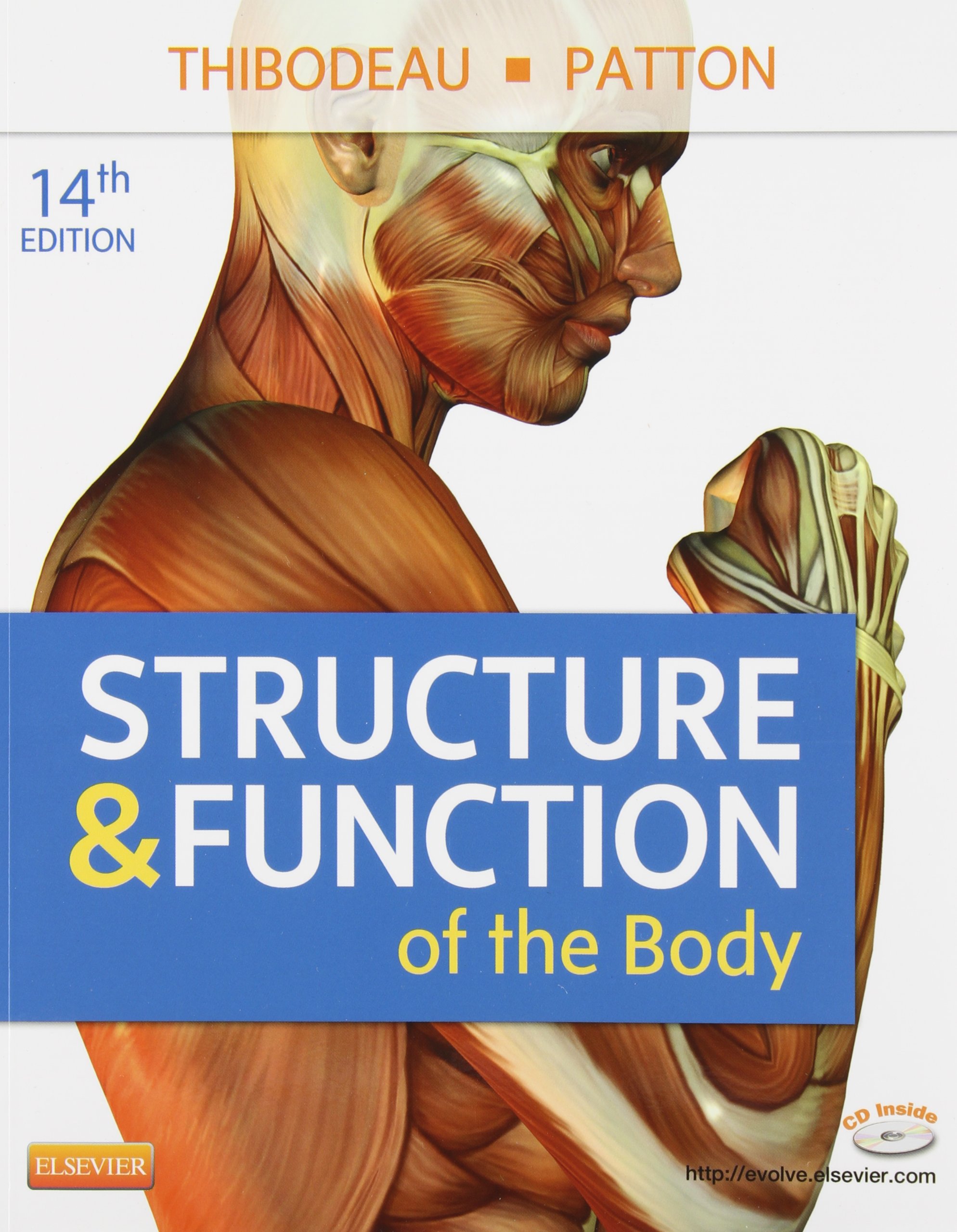Test Bank for Structure and Function of the Body 14Edition Thibodeau
Original price was: $55.00.$30.00Current price is: $30.00.
Digital item No Waiting Time Instant Download
ISBN-10: 0323077226 ISBN-13: 978-0323077224
Publisher : Elsevier; 14th edition
Authors: Gary A. Thibodeau, Kevin T. Patton
Description
Test Bank for Structure and Function of the Body 14E Thibodeau
Thibodeau & Patton: Structure & Function of the Body, 14th Edition
Chapter 01: An Introduction to the Structure and Function of the Body
Test Bank
MULTIPLE CHOICE
1.The word derived from two Greek words meaning “a cutting up” is:
|
a. |
physiology |
|
b. |
homeostasis |
|
c. |
anatomy |
|
d. |
dissection |
ANS: C DIF: Memorization REF: Page: 1
TOP: Introduction
2.The study of how the body functions is called:
|
a. |
physiology |
|
b. |
homeostasis |
|
c. |
anatomy |
|
d. |
dissection |
ANS: A DIF: Memorization REF: Page: 1
TOP: Introduction
3.The correct sequence of the level of organization is:
|
a. |
cellular, chemical, tissue, organ |
|
b. |
chemical, cellular, tissue, organ |
|
c. |
chemical, cellular, organ, tissue |
|
d. |
chemical, tissue, cellular, organ |
ANS: B DIF: Memorization REF: Page: 3
TOP: Structural levels of organization
4.The smallest living unit of structure is considered to be at the:
|
a. |
chemical level |
|
b. |
cellular level |
|
c. |
organ level |
|
d. |
tissue level |
ANS: B DIF: Memorization REF: Page: 3
TOP: Structural levels of organization
5.The reference position for all body directional terms is the:
|
a. |
anatomical position |
|
b. |
prone position |
|
c. |
supine position |
|
d. |
sitting position |
ANS: A DIF: Memorization REF: Page: 5
TOP:Anatomical position
6.The relationship between the knee and the ankle can be described as:
|
a. |
the knee is inferior to the ankle |
|
b. |
the knee is distal to the ankle |
|
c. |
the knee is proximal to the ankle |
|
d. |
both a and b above |
ANS: C DIF: Application REF: Page: 5 TOP: Anatomical directions
7.The relationship between the heart and the lungs can be described as:
|
a. |
the heart is distal to the lungs |
|
b. |
the heart is medial to the lungs |
|
c. |
the heart is lateral to the lungs |
|
d. |
both a and c above |
ANS: B DIF: Application REF: Page: 5 TOP: Anatomical directions
8.The term most opposite proximal is:
|
a. |
medial |
|
b. |
superior |
|
c. |
anterior |
|
d. |
distal |
ANS: D DIF: Memorization REF: Page: 5
TOP: Anatomical directions
9.Because humans walk in an upright position, the two terms that can be used interchangeably are:
|
a. |
posterior and ventral |
|
b. |
posterior and inferior |
|
c. |
posterior and superficial |
|
d. |
posterior and dorsal |
ANS: D DIF: Memorization REF: Page: 5
TOP: Anatomical directions
10.The term most opposite medial is:
|
a. |
dorsal |
|
b. |
lateral |
|
c. |
superficial |
|
d. |
none of the above |
ANS: B DIF: Memorization REF: Page: 5
TOP: Anatomical directions
11.The relationship between the skin and the muscles can be described as:
|
a. |
the skin is superficial to the muscle |
|
b. |
the muscle is superficial to the skin |
|
c. |
the muscle is deep to the skin |
|
d. |
both a and c above |
ANS: D DIF: Memorization REF: Page: 6
TOP: Anatomical directions
12.A cut dividing the body into anterior and posterior portions is called a:
|
a. |
sagittal section |
|
b. |
frontal section |
|
c. |
transverse section |
|
d. |
none of the above |
ANS: B DIF: Memorization REF: Page: 7
TOP: Planes or body sections
13.A cut dividing the body into upper and lower portions is called a:
|
a. |
sagittal section |
|
b. |
frontal section |
|
c. |
transverse section |
|
d. |
coronal section |
ANS: C DIF: Memorization REF: Page: 7
TOP: Planes or body sections
14.A cut dividing the body into right and left portions is called a:
a.
sagittal section





Be the first to review “Test Bank for Structure and Function of the Body 14Edition Thibodeau”